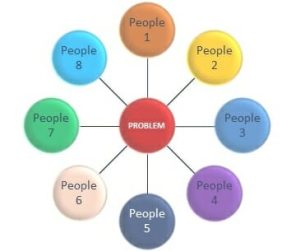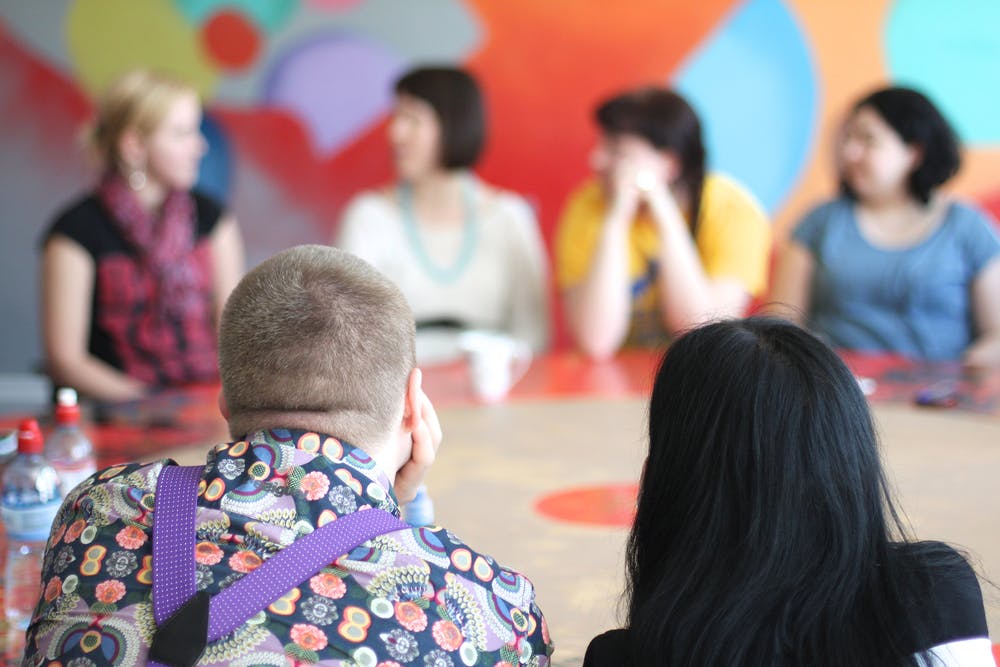“Change is not going to come from a single person or a ‘traditional committee’ but from people who actually want to make it happen.”
The comment comes from Marc-Antoine Lepley, CFO at Decathlon Hong Kong. The Decathlon group is a sporting goods retailer with over 1,500 stores in 49 countries.
HR by inclusion
I came across this article as part of my daily reading and must admit that I agree wholeheartedly. An HR committee model has always been my advice. My thinking is: Who can best help you solve issues affecting employees? The answer is: EMPLOYEES.
This concept of one department that gets into a conference room and solves problems is so archaic. I developed this model that I call “surrounding the problem.”
In the surrounding the problem, the issue, challenge or problem is surrounded by everyone it affects. If it is an employee that is impacted, they should be at the table.
Talk to the stakeholders
I had a client in Thailand that had designed a new workflow process for HR. This new process would entail managers as approvers, whereas before you had HR as the final arbiter. When they rolled it out, the managers revolted and would not do it. Their concern was that HR had imposed “more work on them.”
As we began trying to understand and resolve the resistance, my first question was, “How many managers did you engage in seeking advice on the design?” The answer was, “None.” My next question was who was involved in this design process. The answer was HR & IT. which alone designed it. At this point the client realized what was a major flaw. Not one manager was consulted in this process even though the major change would primarily affect them.
How to Surround the Problem

A better method would have been to involve all the stakeholders at the beginning. In Surrounding the Problem, the process works this way:
- What is the business challenge?
- What are the workforce implications?
- What audience will be impacted?
- How do we involve them?
This process should be the foundation of any initiative, and it means that we must talk to everyone that in someway is involved. This “committee” will be integral in solutioning whatever the challenge is.
A sign of strength
HR is not the end all be all. We have many experts in our organization that we should tap into. Create a “Board of Directors” on top of your HR model. Use those different audiences to give you raw insight as to what is going on, what are the major challenges, etc.
“Every team leader is an HR head himself or herself because who better knows the best practices for their own team?”
I applaud the committee model discussed in the article, not so much for working independently, but bringing more people into the process. Some HR leaders may not want to show they need help, but to me it is a show of confidence that I can let someone into my professional space to provide me with insight and ideas I might have come up with myself. We are in a VUCA environment inside our organizations and we need all the help that we can get.
It is a sign of strength when you ask for help. The sign of weakness is when you think you know everything.
Be strong. Ask for help. You will be surprised how many are willing to help. That is true leadership.
